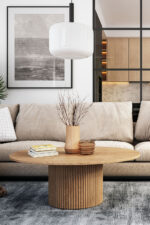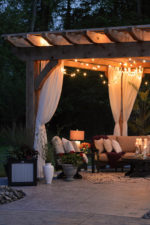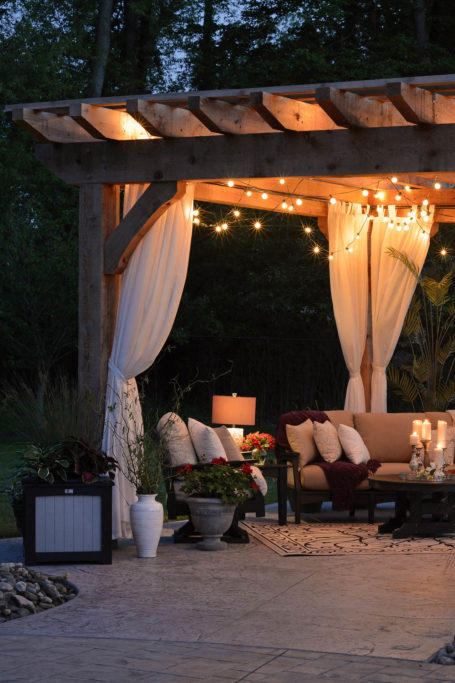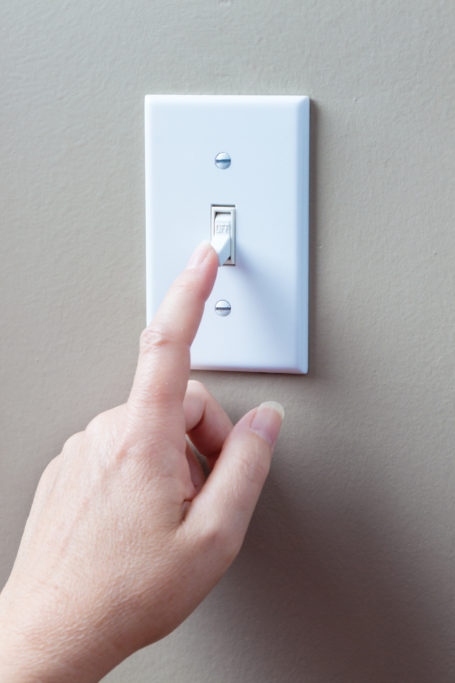Refresh and Redecorate Your Rooms
You cock your head and shift your sofa an inch or two for the hundredth time. But no matter what you do, something still doesn’t work.
Maybe you continually stub your toe on an unfortunately placed chair leg, you habitually have to squeeze through an awkward doorway, or your guests are forced to pull chairs from the dining room every time you host.
A subpar furniture layout can make even a new and stylish home feel unsuitable for your lifestyle. Thankfully, there are easy changes you can make to create breezier, more chic, and more practically arranged spaces. Use these decorating tips to update even your

Back to blueprints
Start at the drawing board. Gather some measuring tape and lined graphing paper, then sketch your best likeness of a troublesome room in your home. Use a consistent scale, such as by making one square on the page equal one square foot in the room. Measure your furniture and larger decor, then add them to the sheet in a possible rearrangement in pencil, erasing and trying again as needed. For an interactive project, cut out paper representations of your pieces and color-code them. From there, you can easily move pieces around on your blueprint.
Get creative with the different possibilities and arrangements. Swap large pieces, like your sofa or bed, from one wall to another, or face furniture toward windows rather than a TV or coffee table. These steps alone may inspire some surprising solutions to awkward or tired layouts.
Go avant-garde
If you’re eager for a big change, flip your current design on its head. To make a larger seating room more eye-catching, embrace the trend of circular arrangements: set furniture in a circle, then lay a round rug in the center to unify the space. Some contemporary designers even boldly place beds in the center of bedrooms and decorate around them.
To wholly distance yourself from a well-worn design, heed the advice from Kristen Fiore of Sacramento-based Kristen Elizabeth Design: use an opposite color palette and bring in furniture in different materials. For example, replace a large fabric sofa with two leatherette armchairs.

Watch your step
Of course, you shouldn’t go too wild with your layout at the risk of functionality. When decorating a room, always remember to keep foot traffic in mind. “You want your room to be accessible and easy to move around in,” Fiore says. “Make sure the entry of the room is clear with open passage points to create a sense of welcome.” Decorating to optimize foot traffic can also help you avoid awkward shuffling in busy spaces. To see traffic-conscious design in action, check out @DearModern on YouTube, a channel that demonstrates smart layout swaps and offers troubleshooting for complex arrangements like living rooms with multiple entry points.
If you’re struggling to redecorate a small space, Fiore recommends that you scale down, reducing to only the most essential furnishings. “Try to use as much of the space as possible,” she says. “Mix solid upholstery with seating and tables that offer open external frames.” For example, opt for chairs with lean metal arms rather than thick, upholstered ones. Doing so will allow the passage of light and give the illusion of extra space.
Shop smart
If you’re willing to invest in some new pieces, this will certainly impact your current layout, so work out your sketches before you start shopping. “Focus on the scale of your furnishings,” says Fiore. “You can begin sourcing based on the dimensions of the items in your plan.” Remember to take measuring tape and your sketches with you on shopping trips to ensure you always find the perfect fit.


















